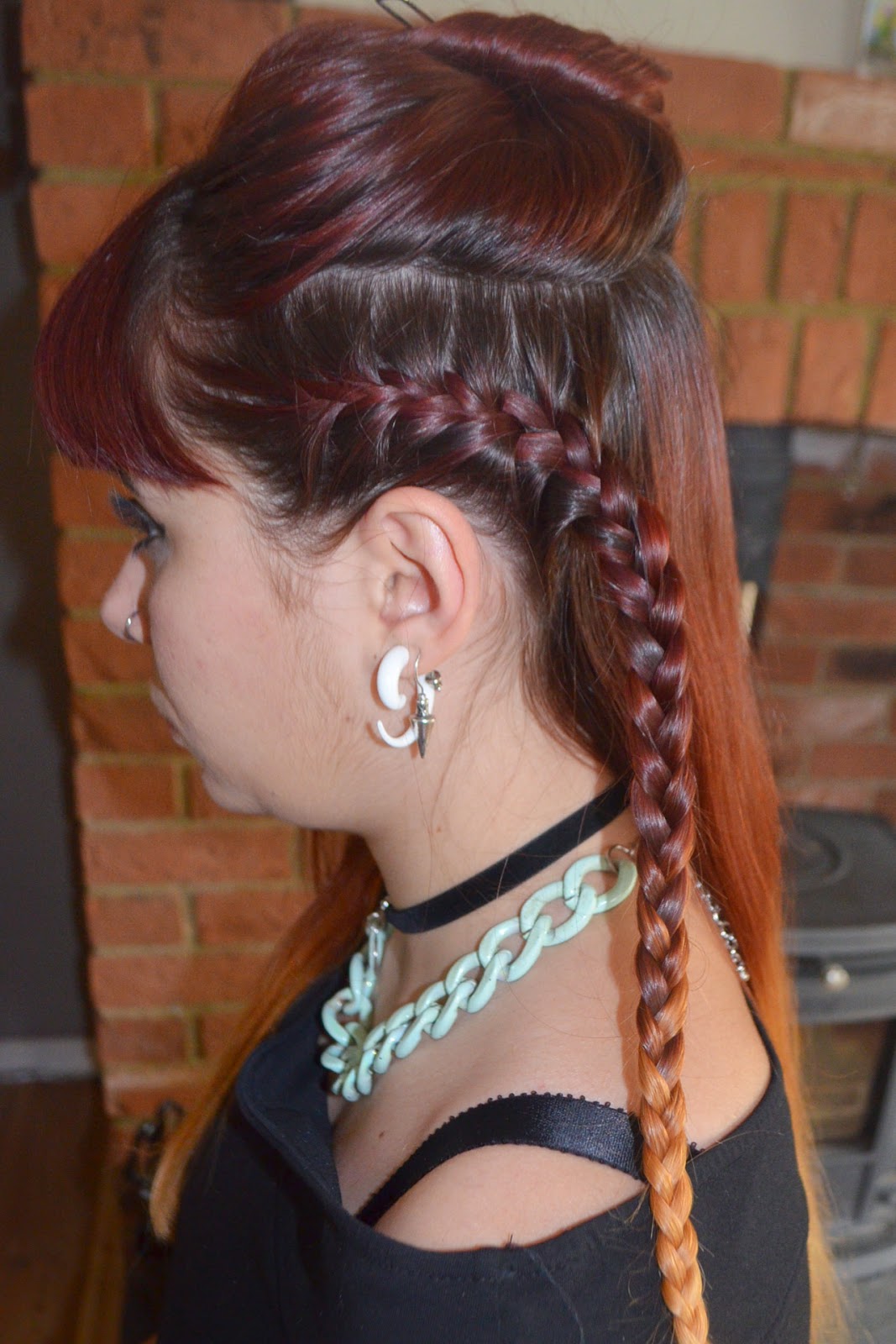Don't get me wrong, I love the fashion world and watching each season as it creates covetable trends and fads for us to stuff our wardrobes with, but nothing grinds my gears more than a rip-off trend.
Now what do I mean by a rip-off trend? I'm talking about the popularization of something that's been around for ages and no one batted an eyelid, only for someone to wear it standing outside Somerset House during LFW and suddenly it's worth its weight in gold. OR, having to pay through the nose for a trend you can very easily make at home.
Now this post is about the latter, and more specifically, ripped jeans! I get in such a rage seeing certain high street brands charge £40 or more for a pair of ripped jeans. Its so ridiculous. The trend is based off something we do accidentally to our clothes at home anyway, so why not do it accidentally on purpose and save yourself quite a bit of money.
After saying that, you're probably thinking 'Well if it's that easy, what's the point in a tutorial?' Unless you're willing to adorn your unloved jeans and do a few knee skids on the living room floor, there's a quicker and less painful way to create that worn and torn look.
The reason for the tutorial is that since this trend came about, I've seen a lot of terrible DIY attempts roaming the streets because people think it's as easy as taking a pair of scissors to your denim kneecaps, but for a realistic tear, a lot more commitment is required.
What You'll Need
An old pair of denim jeans
Sandpaper or a wire brush
A white pen/ eyeliner/ piece of chalk/ silver gel pen
A small, pointy and sharp pair of scissors
A small piece of cardboard
Step 1: Try on the jeans, and draw a line across the middle of your knee
Step 2: Stuff the small piece of cardboard inside the leg you're going to start on first, so as to protect the back part of the leg. It also creates a stable surface for you to work with, and saves you sandpapering your own hand.
Step 3: Grab your wire brush/ rip off a section of sand paper, and start rubbing along the line you've drawn. In most cases the line will rub away, but once you've made a start you'll know where to rub. How long this takes will depend on how thick the denim is, but just keep going until you start making small holes or tears in the denim. It took me a good 15 minutes on each leg, and a whole sheet of sand paper.
Step 4: Now if you want, you can leave it hear, and leave everyday wear of the jeans to widen the holes and tears you've already made, However if you want the results straight away, stretch the fabric with your fingers and quickly slice along the tears you've already made to create one big tear. Be careful not to stab yourself in the finger like I did.
I'd love to hear of any fashion DIY's you've achieved at home. Let me know in the comments.
Steph x x x
READ MORE






























